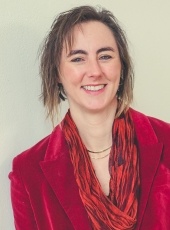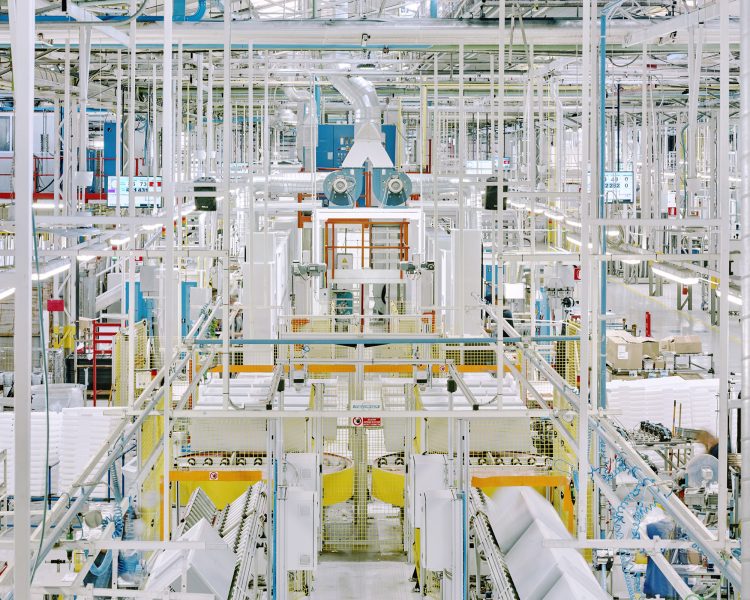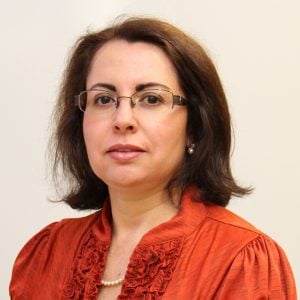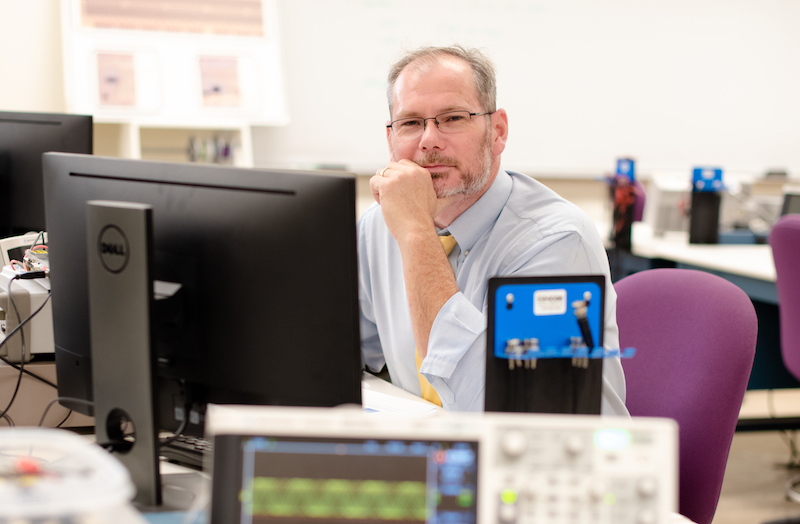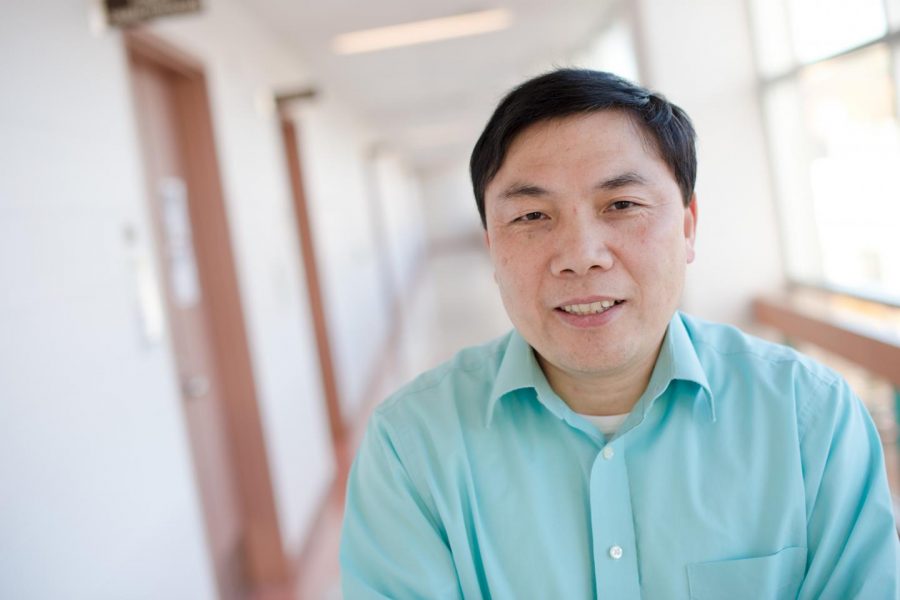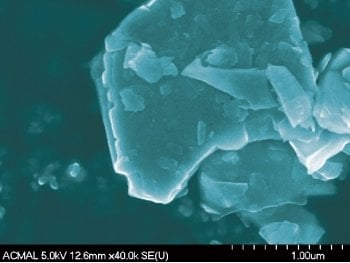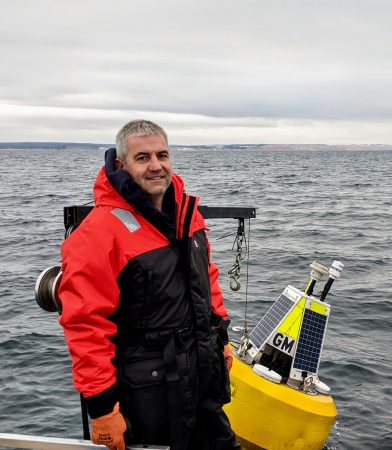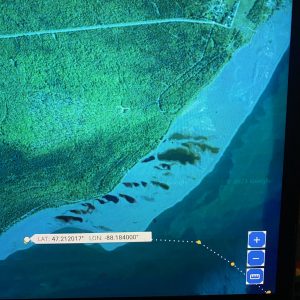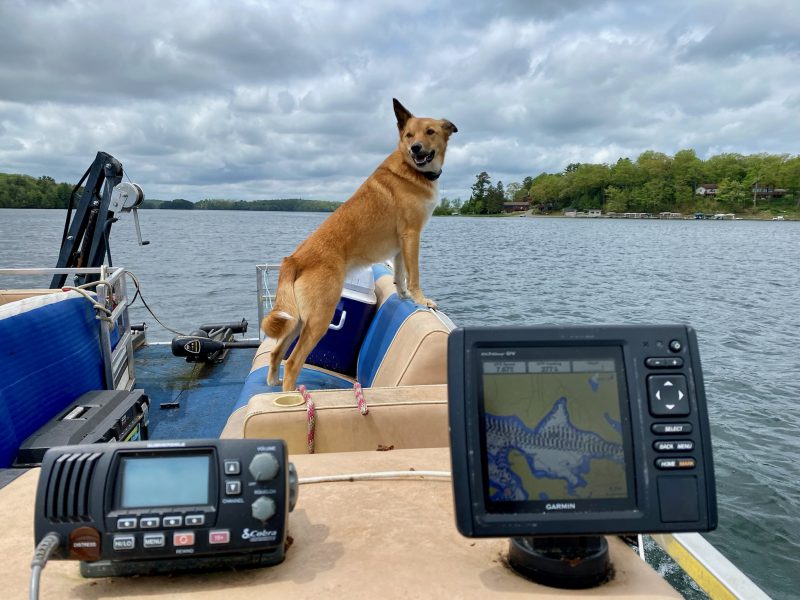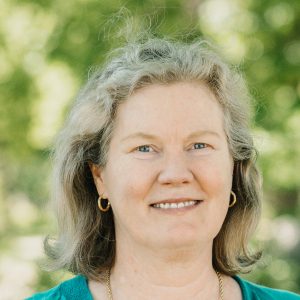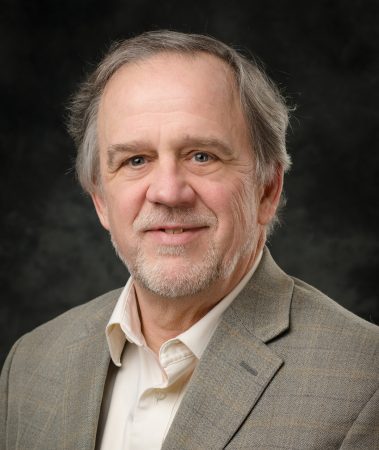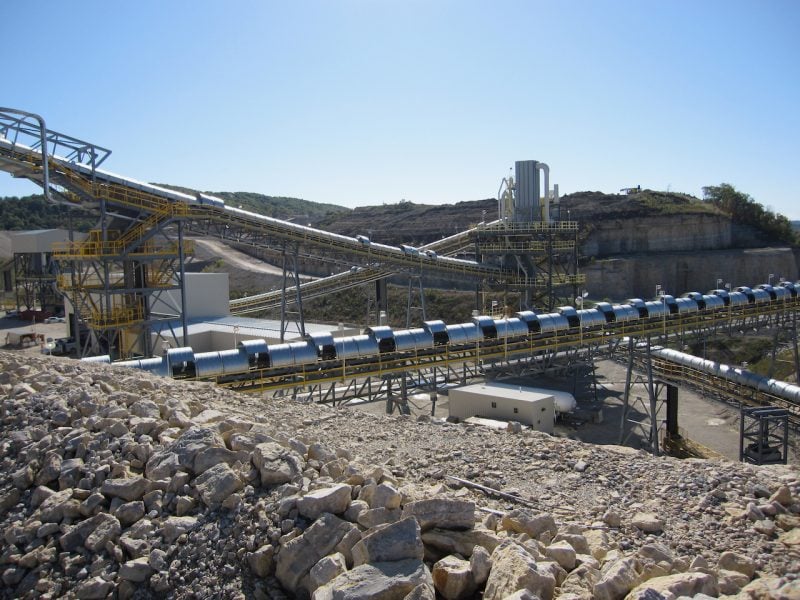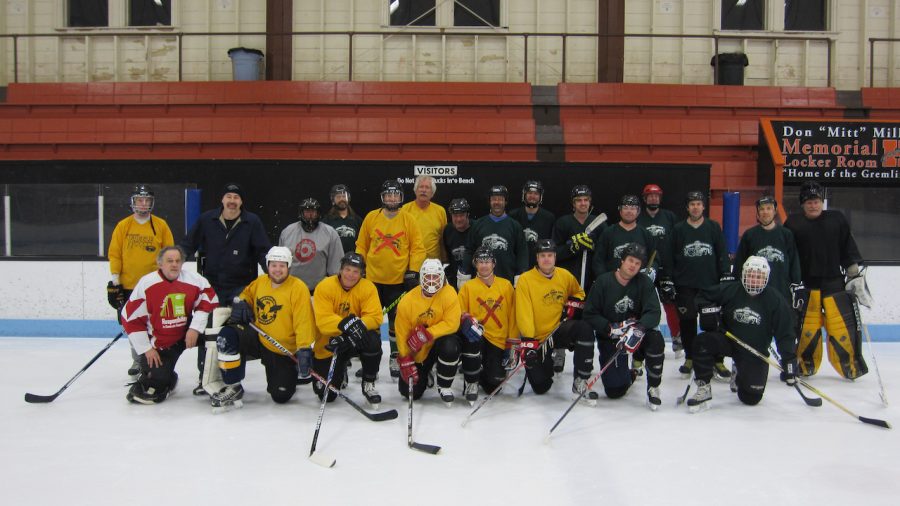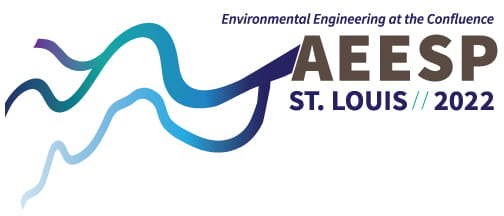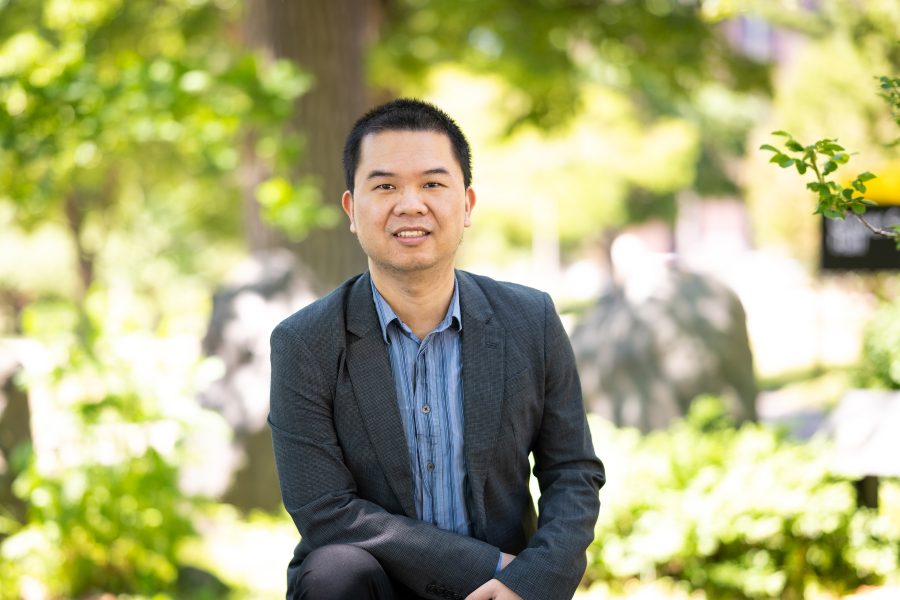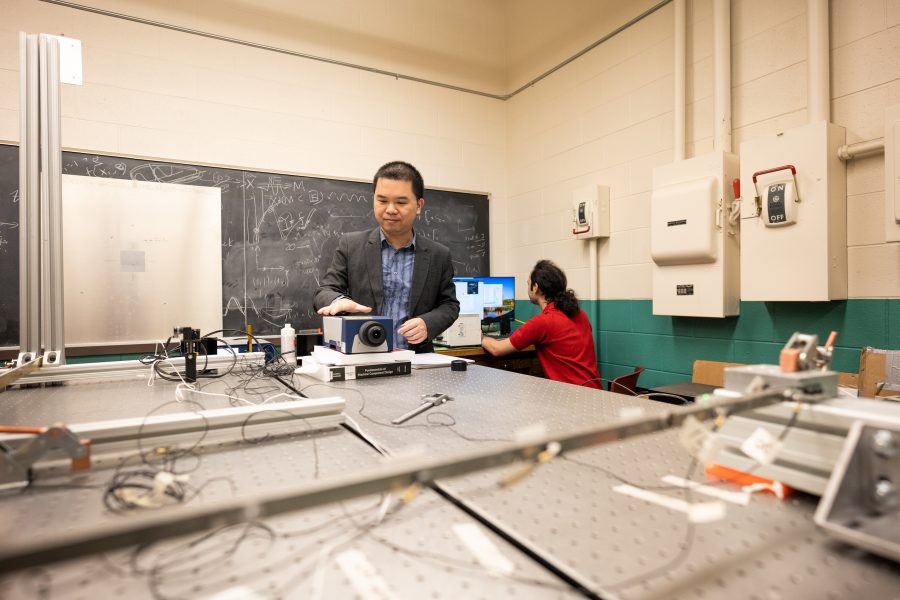
MTU’s 2022 Midyear Commencement ceremony speakers were graduating student Jailynn Johnson ’22 (chemistry) and Board of Trustees Vice-Chair Brenda Ryan ’76 (metallurgical and materials engineering). Even as she prepares to inspire graduates, Ryan continues to draw her own inspiration from Michigan Tech. “First and foremost, Tech instilled in me a strong work ethic as well as the skill to rationally solve problems,” she said. Ryan is president and owner of Ryan Industries and Ryan Properties in Wixom, Michigan, and Alliance Industries in Springfield, Missouri.

Discovery Institute podcast Mind Matters listed Michigan Tech alum Hal Phillip ’75 (electrical engineering) as an additional resource for its Dec. 9 episode, titled “Can AI Be Issued Patents?” The podcast provided links to Phillip’ Alumni and Friends profile and a 2019 episode where he was a guest. With nearly 90 patents, Philipp was named by Mind Matters News as one of history’s most influential inventors. His ideas for optical and capacitive technology are used by people around the world every day. They include the modern touch screen, the touchless faucet, and keyless cars.

Michigan Tech alum Mike Milosh ’81 (mechanical engineering) was quoted by the Detroit News in a story about the “torturous legal odyssey” involving gold coins and bars recovered from the wreck of the S.S. Central America in the late 1980s. According to a 2013 Michigan Tech News story, Milosh designed, built and operated the remotely operated underwater vehicle used in the recovery operations. Milosh and his team improvised much of the technology, computer and otherwise, on the ROV, a perfect challenge for a Michigan Tech alumnus.

The Montana Standard mentioned Michigan Tech and quoted alumna Jessica Daignault ’21 (PhD, civil engineering) in a story about Daignault and a master’s student’s attendance at the COP27 climate conference, held in November in Sharm El-Sheikh, Egypt. Daignault, who’s in her second year as a Montana Tech professor, is a seasoned attendee of the conference, having attended the 26th and 25th conferences in years prior. Getting badges to be U.N. observers and attend the event is a years-long process, Daignault said. Michigan Technological University got observer status in 2019, which is how Daignault became involved in the conference.

The Iron Mountain Daily News ran a guest editorial describing Michigan Tech alum Justin Mondeik ’19 (BS, mechanical engineering) as “one of the Midwest’s brightest and most talked about upcoming stars” of late model stock car racing. Mondeik won an ARCA Midwest Tour race at State Park Speedway, three straight Stateline Challenges at Norway Speedway, and seven track championships total in the last two years at State Park Speedway. He is a Golden Sands Speedway two-time champion, a TUNDRA Series champion, and a 2022 Norway Speedway Coca-Cola Late Model track champion.

Congratulations to Chaitanya Bhat for being named a recipient of the 2022 Rising Star Award of the American Center for Life Cycle Assessment (ACLCA). Bhat graduated in 2020 with a PhD in Civil Engineering focused on developing life cycle information models. He was advised by Amlan Mukherjee. He currently works as a sustainability engineer at the Asphalt Institute. Chait played a key role in developing 2022 ACLCA’s Product Category Rule guidance toolkit that was majorly funded by the Federal Highway Administration. The toolkit is meant to be used consistently by all program operators and inform state department of transportations on the quality of EPDs for public procurement.
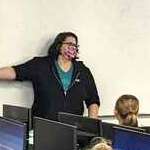
The Huron Daily Tribune covered a visit by Google security engineer and Michigan Tech alum Rebecca Farre ’14 (computer engineering) to Harbor Beach Schools in Harbor Beach, Michigan. Farre answered computer science students’ questions and told them why she went into computer engineering, what her job entails and how she navigates being a woman in a male-dominated job

Design World Online mentioned Michigan Tech in a Q&A with alum Dana Myers ’07 (BS, mechanical engineering), who is currently a global product manager specializing in building product portfolio strategies. She develops and deploys new products, as well as educating sales teams on how to best communicate and deliver the value-add to customers for the products she supports.
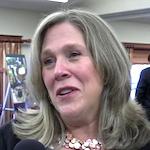
Ohio Northern University News mentioned Michigan Tech in a story about Intel’s decision to build a large semiconductor manufacturing campus near Columbus, Ohio. The story highlighted ONU President Melissa Baumann’s engineering background. Baumann earned a BS in Metallurgical and Materials Engineering from MTU in 1983.
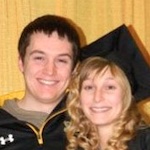
GineersNow mentioned Michigan Tech in a feature story on the Smiths and Youngs, a family containing four generations of engineers — all graduates of MTU. The family’s latest graduates were Kealy Smith ’15 (BS, electrical and computer engineering) and Alyssa Smith ’14 ’15 (BS, MS, civil engineering). It all started with their great grandfather attending the Michigan College of Mines. Paul Edgar Young graduated with a degree in mining engineering.

MKE Startup News ran a story on VibeTech, a company started by Michigan Tech alum Jeff Leismer, whose VibeSit machine helps astronauts combat the physical effects of space travel and immobile patients build muscle. Leismer became interested in creating tools to overcome the atrophy-related bone and muscle loss incurred by astronauts in space when he was a biomedical engineering student at Michigan Tech. Through his work he discovered there were many parallels between astronauts and those whose physical limitations make it a struggle to stand and walk independently. He observed the same atrophy-related issues in both populations.

Michigan Tech was mentioned in a Mining Journal story on alumna Debra Larson, who is a presidential candidate for Northern Michigan University. Larson received her bachelor’s and master’s degrees in civil engineering from MTU. “I’m very much interested in following the science,” Larson said.
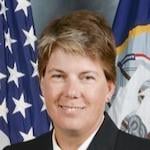
DVIDS (Defense Visual Information Distribution Service) published a feature story on the Sept. 1 promotion of Michigan Tech alumna Juliana Strieter ’96 (BS, civil engineering) to the rank of captain in the U.S. Navy. As an officer, Capt. Strieter’s tours include deployment to the Middle East in support of Operation Iraqi Freedom as Charlie Company commander and assistant training officer with Naval Mobile Construction Battalion FOUR. In 2014, she had the distinction of being the first permanent party stationed at Naval Support Facility Deveselu, Romania, and was on the forefront of the establishment of the Navy’s first new installation in over 20 years. She later served as the Facilities Sustainment, Restoration and Modernization analyst to the staff of the Chief of Naval Operations and oversaw all aspects from programming through execution of sustainment and recapitalization across the Navy’s $305 billion shore enterprise.

Rapid Growth mentioned Michigan Tech in a story featuring Grand Rapids startup Last Mile Café, an online coffee business co-owned by Arick Davis ’16 (electrical engineering). Since its inception, Last Mile Café has donated more than 10% of revenue to charitable organizations that work for environmental justice, clean drinking water, criminal justice reform or youth-at-risk.
